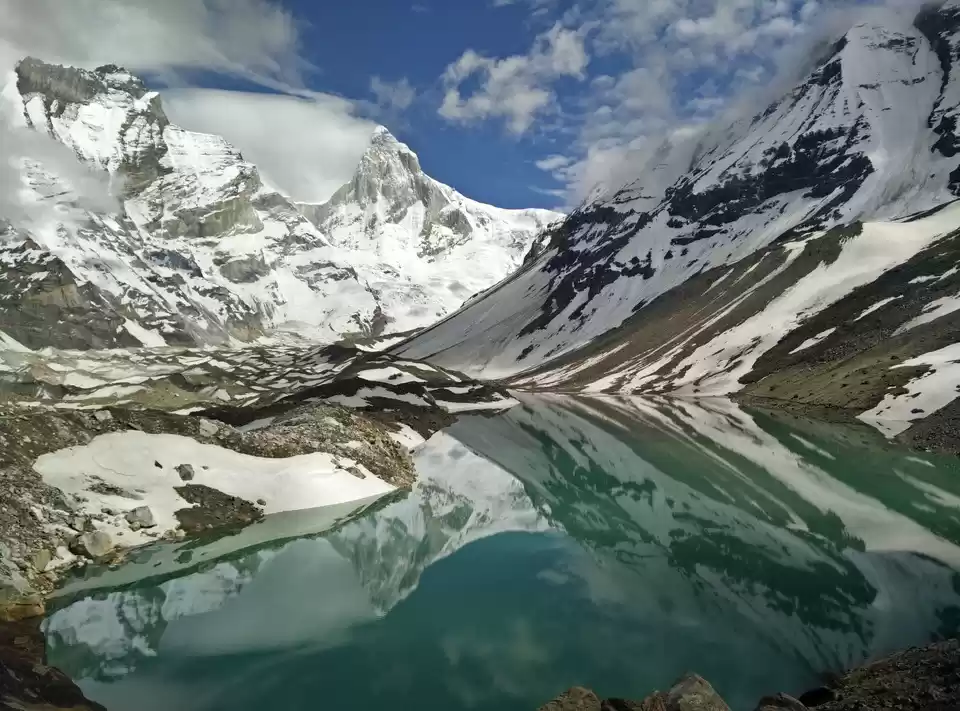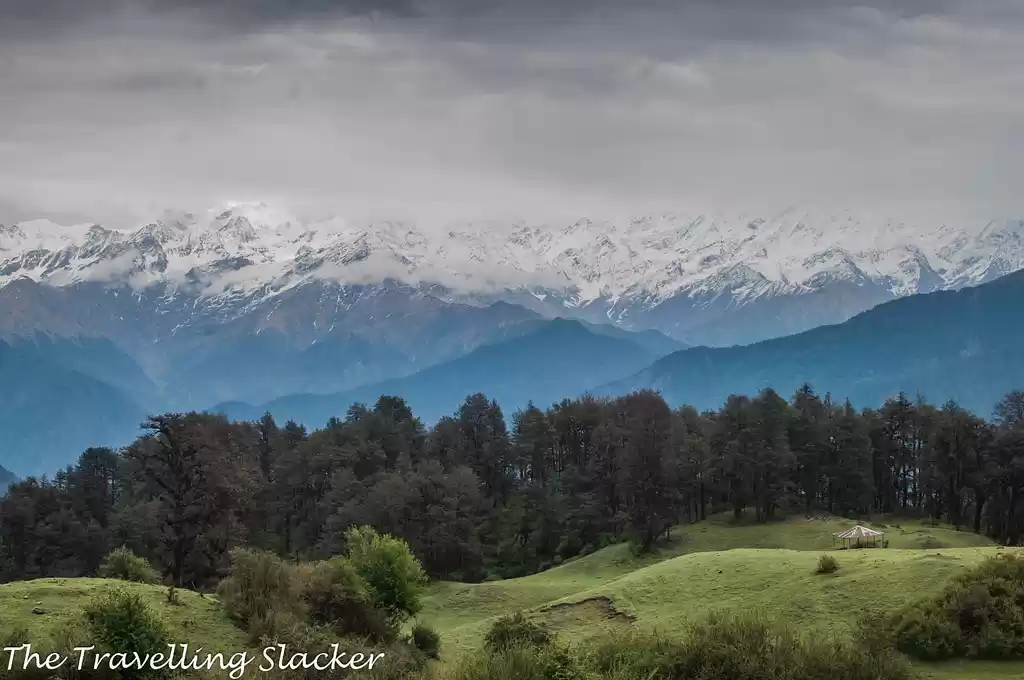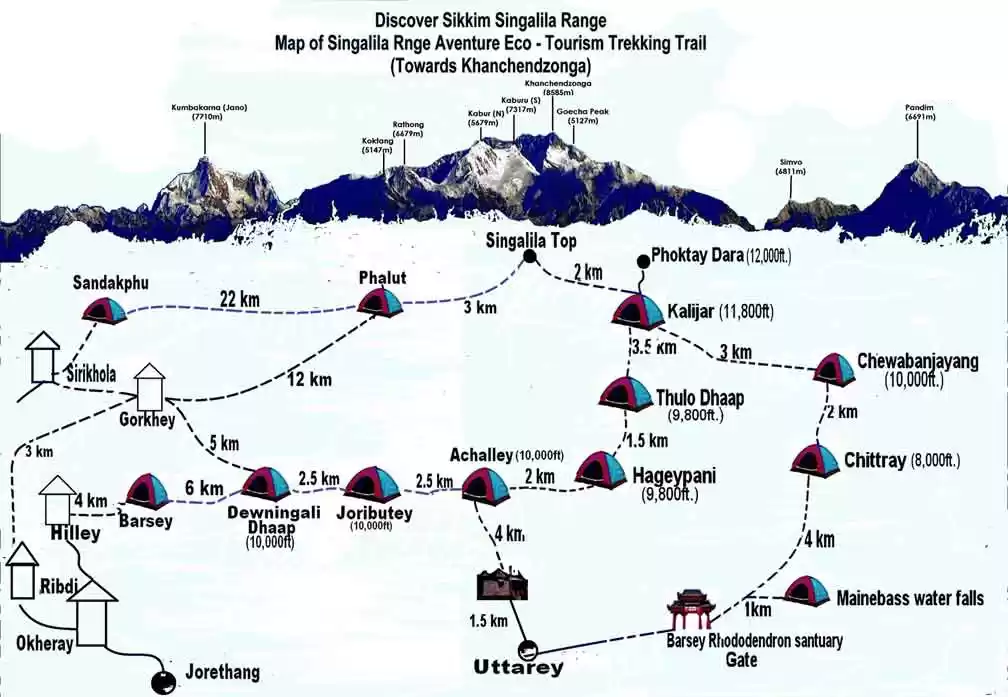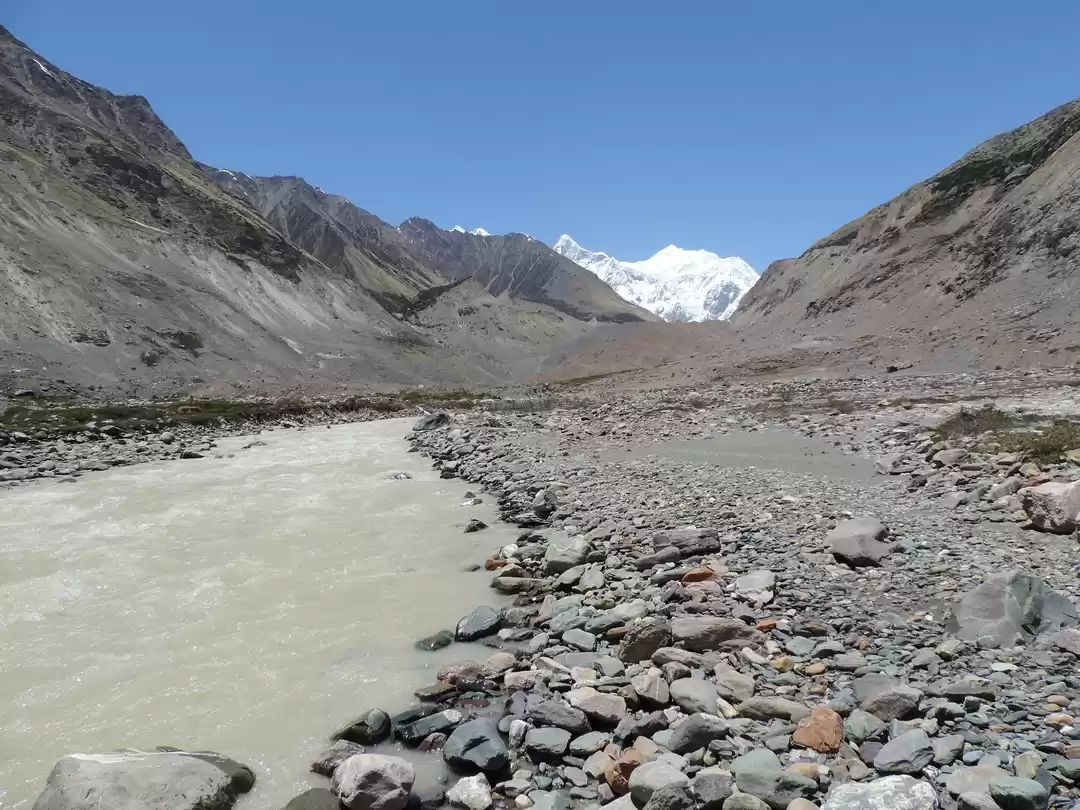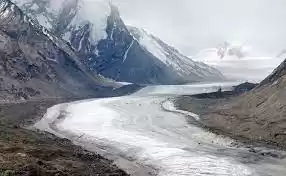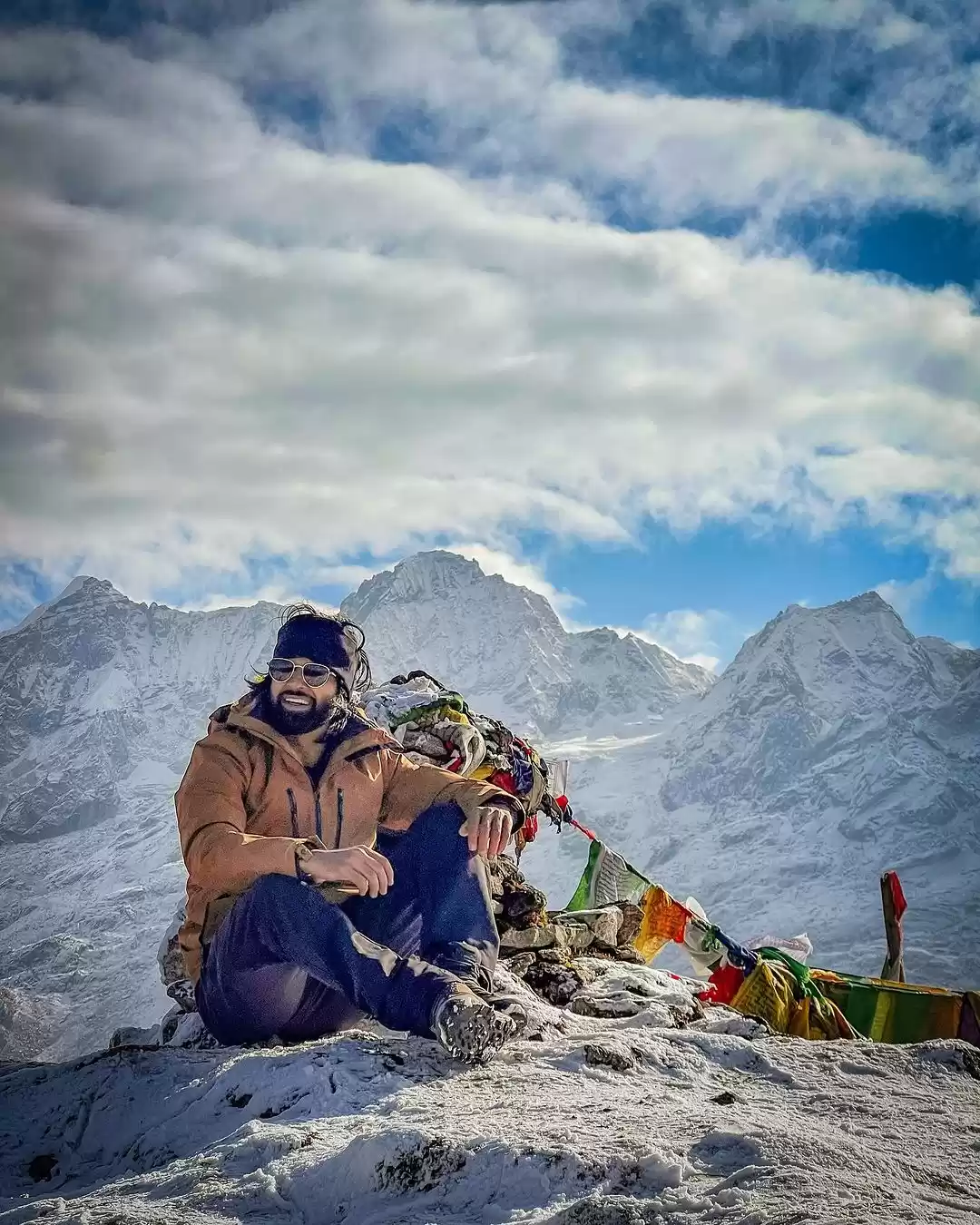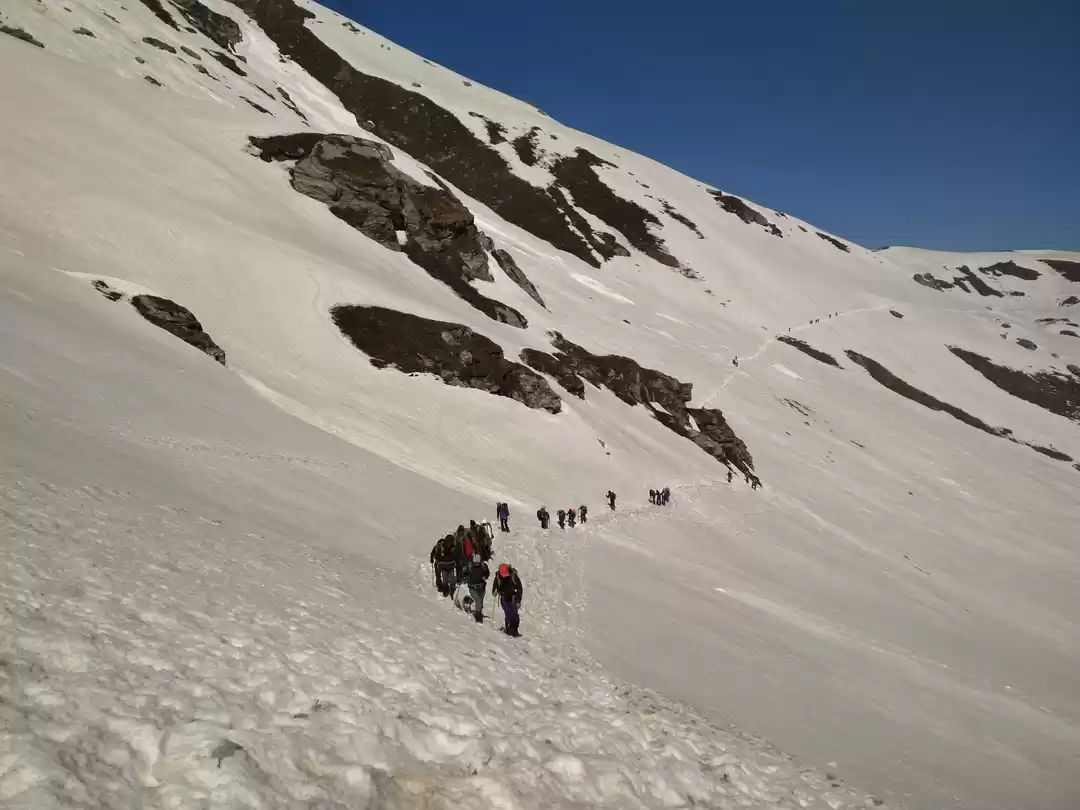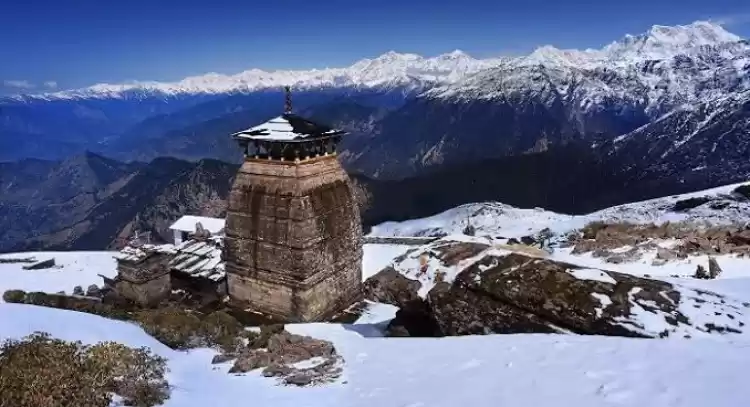“Somewhere between the bottom of the climb and the summit is the answer to the mystery of why we climb.” - Greg Child
Those who love the mountains know the bliss of hiking through the hidden trails, while soaking in the serenity of solitude and enjoying the magic weaved by nature. Glaciers, despite their coldness, have a tendency to attract adventurers with the warmth of challenges, and the Indian Himalayas provide unique opportunities for glacial trekking for intrepid souls.
With abundant views of gorgeous valleys, serene mountain lakes, forests that are often covered in snow, rumbling rivers, cascading and frozen waterfalls, meadows with prismatic colors, and invitingly shining glaciers - it is surely hard to resist for those who have itchy feet and a daring soul.
1. Gangotri Glacier
Definitely, this is one of the most popular glaciers in India. Located in the extreme terrain of Uttarkashi region, Gangotri Glacier is approx 30 kilometres long and 2 to 4 km wide. Originating from right below the Chaukhamba Peak the glacier flows northwest and the course of water takes a turn creating the shape of a cow’s mouth thus the name Gaumukh. Gangotri being the largest Himalayan Glacier is enveloped by Bhagirathi III, Meru, Shivling and Thalay Sagar Peaks. It borders China and is the primary source of water for River Ganga as well as Bhagirathi, which is one of the major tributaries of Ganga.
You can opt for the Gangotri Gaumukh Trek that cuts through the lush meadows and absolute greenery, encircles the glacier and rivulets before making a complete turn.
Ideal duration: 5 - 6 days. Difficulty level: Moderate.
2. Satopanth Glacier
Located in Chamoli district of Uttarakhand, Satopanth Glacier sprawling around 13 km is adorned by an extremely enticing trail, surrounded by mighty snowclad peaks on all sides. Deriving its name from two words - 'Sato' meaning truth and 'Panth' meaning way or path, this glacier is a divine destination for avid trekkers and adventure enthusiasts. One can approach Satopanth Glacier from Joshimath in Chamoli, which is the most preferred route. The amazing trail to this glacier begins from Mana and follows the path of the Alaknanda River, and you'd also get to witness the beauty of the wondrous Vasundhara waterfall. There's the gorgeous Satopanth Tal (lake), at an altitude of 15100 ft, surrounded by the famous peaks - Chaukhamba, Neelkantha, Swargarohini and Balakun.
Ideal duration: 5 - 6 days. Difficulty level: Moderate.
3. Kolahoi Glacier
Resting at an altitude of 4700 metre (approx 18,000 ft), this is more like a hidden paradise in Kashmir, which is yet to be discovered by many! Located at a distance of about 26 km away from the scenic town of Pahalgam, Kolahoi Glacier is nothing short of a natural marvel. Being the largest glacier in Kashmir Himalayas, it feeds two major tributaries of the River Jhelum – Lidder and Sindh. A small trek that starts from the Aru Valley and crosses the Lidder Valley, finally leads to this gorgeous glacier. En route you’ll be greeted by majestic pine trees, meadows coloured with wild flowers, gushing rivers and snow clad peaks. You can camp on the banks of the Lidder River, and spend your nights gazing at the starlit sky.
Ideal duration: 5 days. Difficulty level: Moderate to Difficult.
4. Drang Drung Glacier
If there's one destination that can be found on every traveler's checklist, it's surely Ladakh! And if you happen to visit the fascinating Pensi La during your trip to Ladakh, you can witness one of the most picturesque natural marvels called Drang-Drung Glacier, located at a towering height of 4,780 metres. It is likely to be the largest glacier in Ladakh other than the Siachen Glacier in the Karakoram Range, and it's accessible through the Kargil - Zanskar Road. The Drang-Drung Glacier is a long river of ice and snow, a source of the Stod River - a tributary of the Zanskar River, and the Doda Peak with an elevation of 6,550 m (21,490 feet) rises from this glacier. A 3-day strenuous yet adventurous trek from Padum takes one to this top attraction in Zanskar Region. It is in fact one of the best trekking expeditions for the adventure lovers in Ladakh, and you'll be stunned to see how nature unfolds here.
Ideal duration: 3 days. Difficulty level: Moderate to Difficult.
5. Pindari Glacier
Pindari Glacier, located in the Kumaon region of Uttarakhand, is bestowed with natural beauty in abundance and has always been an eye candy for trekkers from all around the globe. About 9 kilometers long, this glacier gives rise to the Pindar River which meets the Alakananda at Karnaprayag in the Garhwal district. The breathtaking views of snow-clad peaks playing hide-and-seek with each passing cloud, the mountain streams rumbling downwards, scenic waterfalls and lush green meadows will make you fall for its beauty instantly. One of the most popular glacial treks in Uttarakhand, that starts from Loharkhet - a tiny village which is 20 km away from the Bageshwar district. As you embark on the journey, you'll cross a series of remote places like Dhakuri, Dwali, and Phurkia, and reach your final destination of the trek, Zero Point. Trails that lead to the glacier, through rhododendron forests, transverse along the southern wilderness of the Nanda Devi Sanctuary offering impressive views of peaks like Panwali Dwar (6,683m) and Maiktoli (6,803m).
Ideal duration: 7 days. Difficulty level: Easy to Moderate.
6. Milam Glacier
Located in the Pithoragarh district of Uttarakhand, at an elevation of 4268 m, Milam Glacier is sprawling over an area of 37 sq km and has all the reasons to be on the bucket list of every trekker. The trail from the base camp in Munsiyari, till the glacier, is bestowed with a unique blend of splendor and thrill, with breathtaking views of the Mt. Trishuli (7070m) and Hardeol (7151m). In 1962, when the Indo - China war broke out, the trail was closed for trekkers. You can see the remnants of the war in some prominent landmarks of the Milam Glacier trek. However, in the year 1994, trekking started again and slowly it became closest to many trekkers and adventurers' hearts. As you hit the trails, you'll be welcomed by the dense forests lined with trees clung to each other, and chattering streams making their way to the river from the glaciers. Crossing several pristine mountain villages, you'll finally find yourself at the Milam Glacier, surrounded by 52 spectacular Himalayan peaks from all the sides!
Ideal duration: 11 days. Difficulty level: Easy to Moderate.
7. Buddhaban Glacier
Kasol must have been there on your travel bucket list (or you might have been there a couple of times!) - but did you know that close to Kasol lies a gorgeous glacier that can be easily hiked to? Well yeah, it's the Buddhaban Glacier in Himachal Pradesh - also known as the Kutla Glacier. You can start your hike from Tosh, in order to reach Kutla glacier. It is a relatively easy-moderate trek that will take you around 2 hours to complete in entirety. The trail would lead you up to a small waterfall where you’ll also spot distant snow-covered peaks, the untouched beauty of Himachal along the way will keep you mesmerized, while you'd cross picture-perfect valleys, witnessing the wonders of nature.
Ideal duration: 1 day from Tosh. Difficulty level: Easy.
8. Bunbuni Glacier
While Kheerganga has become a popular trek amongst the millennials, a small detour in the same area that remains minimally touched would take you to Bunbuni Glacier through a pass by the same name! The crowd is yet to hit that trail, maybe because it's a bit harder than Kheerganga but no less beautiful. Bunbuni Paas lies at 3800 metres, and the trek starts from a pristine village called Kalga. Alternatively, you can also trek up to Kheerganga, and from there, head off to Bunbuni Glacier. As you cross the Parvati Valley, with meadows on both sides, you'll be awestruck by the stupendous views of the mountains and the clouds kissing the peaks. Hundreds of sheep playfully graze on the trail, while their owners watch them from a distance. Best time to visit Bunbuni would be the summer months from April-June and September-October. After October, these mountains become drenched in snow, even the shepherd’s move down before the harsh weather arrives!
Ideal duration: 2 days from Kalga. Difficulty level: Easy.
If you're someone who can never say 'No' when the mountains call, you can plan to trek and explore these majestic glaciers! To put it in the words of Sir Edmund Hillary, “It is not the mountain we conquer, but ourselves.”
Got an interesting travel story to share? Then write about it here on Tripoto and earn Tripoto Credits!
Explore the best of travel inspiration on Tripoto Instagram and know more about my adventures here!
























